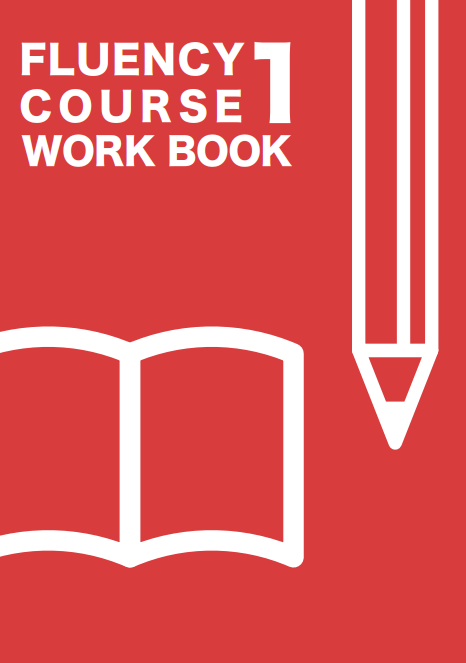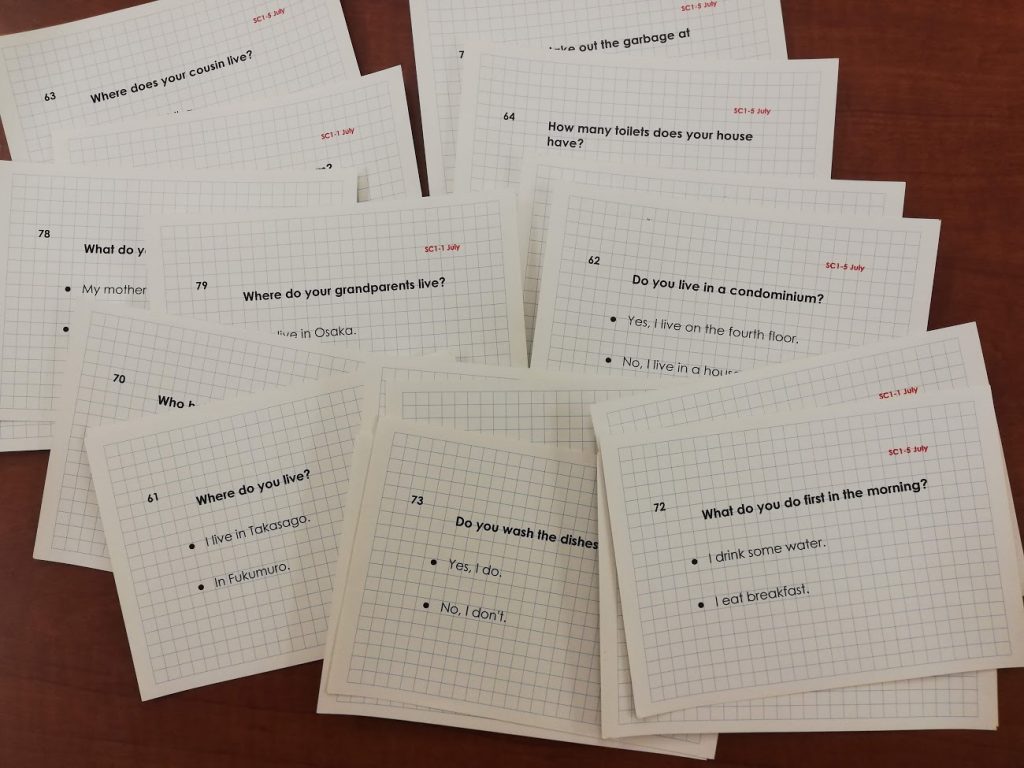Academy curriculum junior high school language courses textbooks
by sendaiben
2 comments
Fluency Course Evolution IV

A huge hurdle, removed
The fluency course is chugging along, slowly getting closer to being a product we can sell.
I’m hoping to be able to offer preorders for next March/April soon in the new year. Stay tuned for more information.
We’ve had one enormous breakthrough, thanks in part to the pandemic. When we first created our course we put the questions on index cards. This had the advantage of being tactile, of allowing students to shuffle the question order, and of allowing students to share one set between them (so they have different questions to ask and answer).

This was fine for us, as we could print our own sets and they would last for a few years.
However, printing them for other people turned out to be almost impossible. I wasn’t able to find a commercial solution to printing 240 unique index cards for a reasonable amount of money. Printing them myself would have been hugely time-consuming just to sell them at cost (for the blank index cards and ink cost).
Fortunately(?), the pandemic meant that we didn’t really want students sharing our class sets of cards, so we stopped using them. Eventually we found a solution that a) solved the printing problem, b) solved the sharing problem, and c) actually turned out to be an improvement!
Instead of using the sets (we needed one set for every two students in the class) we created an A3 handout with the questions and answers on one side, space on the back to personalise answers, and a QR code link to a video. The video runs through the questions and answers and allows students to practice outside of class if they want/need to.

We’ve been using the question sheets for three months now (we added the QR code/video after the first month) and they’ve been working very well. In a way I like them better than the index cards, and they will make it much easier for people with larger classes to use our materials (instead of buying/printing/storing hundreds of sets of cards they just need to print one A3 sheet per student per month).
In the next update I should be able to show you our professionally printed textbooks. I can’t believe we are almost there. We started creating these materials in 2016!
I like it much better being on paper rather than index cards. I wonder if there is a way to print on two A4s instead of A3? I also wonder if you could just write all the questions on one A4 with numbers attached so that you can assign odd vs. even numbers to students, or use some other system that randomly generates numbers that refer to the list. As a teacher, I would just ask the students to use a blank notebook to write the question again and their answers, which isn’t a bad way to reinforce the patterns. You obviously have thought this through a lot more than I have, so please understand that I am not being critical. But, less work for me is my default happy state when choosing materials for my students. Congratulations on years of work and planning finally manifesting in a marketable product. Your students do a separate hour of extensive reading, right?